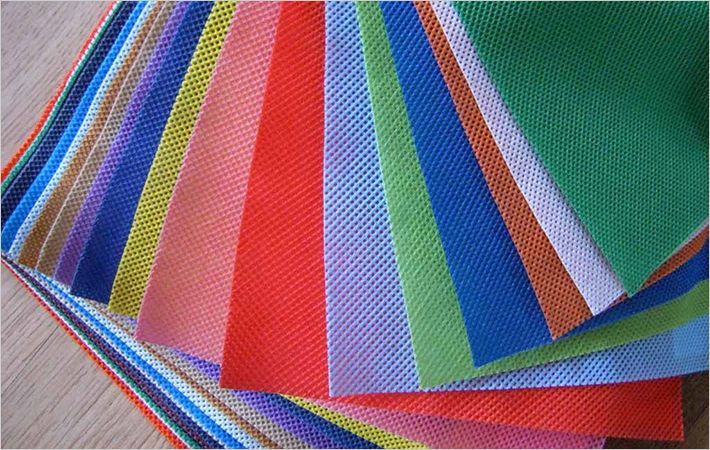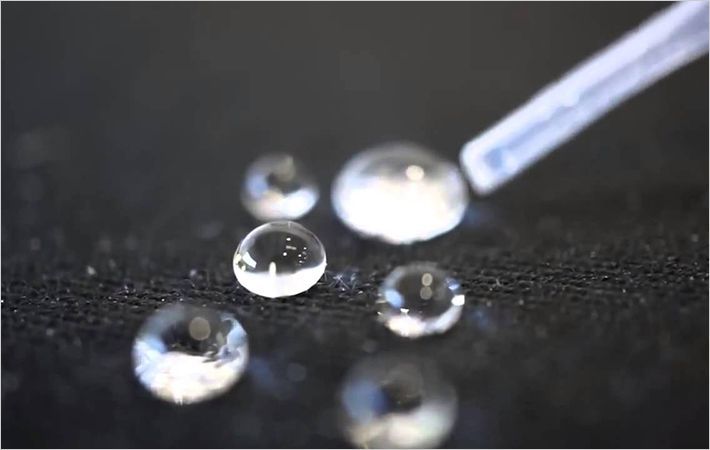MIT aerospace engineers have developed carbon nanotubes to strengthen the composites used in Airbus and Boeing jets.
Jets are made primarily from advanced composite materials such as carbon fibre reinforced plastic, extremely light, durable materials that reduce the overall weight of the plane by as much as 20 per cent compared to aluminium-bodied planes. Such lightweight airframes translate directly to fuel savings, which is a major point in advanced composites' favour.MIT aerospace engineers have developed carbon nanotubes to strengthen the composites used in Airbus and Boeing jets. Jets are made primarily from advanced composite materials such as carbon fibre reinforced plastic, extremely light, durable materials that reduce the overall weight of the plane by as much as 20 per cent compared to aluminium-bodied planes.#
MIT aerospace engineers have found a way to bond composite layers in such a way that the resulting material is substantially stronger and more resistant to damage than other advanced composites. Their results are published this week in the journal Composites Science and Technology.
The researchers fastened the layers of composite materials together using carbon nanotubes — atom-thin rolls of carbon that, despite their microscopic stature, are incredibly strong. They embedded tiny “forests” of carbon nanotubes within a glue-like polymer matrix, and pressed the matrix between layers of carbon fibre composites. The nanotubes, resembling tiny, vertically-aligned stitches, worked themselves within the crevices of each composite layer, serving as a scaffold to hold the layers together.
In experiments to test the material's strength, the team found that, compared with existing composite materials, the stitched composites were 30 per cent stronger, withstanding greater forces before breaking apart.
Carbon nanotubes, by contrast, are about 10 nanometres in diameter, nearly a million times smaller than the carbon fibres.
The researchers came up with a technique to integrate a scaffold of carbon nanotubes within the polymer glue. They first grew a forest of vertically-aligned carbon nanotubes. They then transferred the forest onto a sticky, uncured composite layer and repeated the process to generate a stack of 16 composite plies, a typical composite laminate makeup, with carbon nanotubes glued between each layer.
To test the material's strength, the team performed a tension-bearing test, a standard test used to size aerospace parts, where the researchers put a bolt through a hole in the composite, then ripped it out. While existing composites typically break under such tension, the team found the stitched composites were stronger, able to withstand 30 per cent more force before cracking. (GK)
Fibre2fashion News Desk - India

